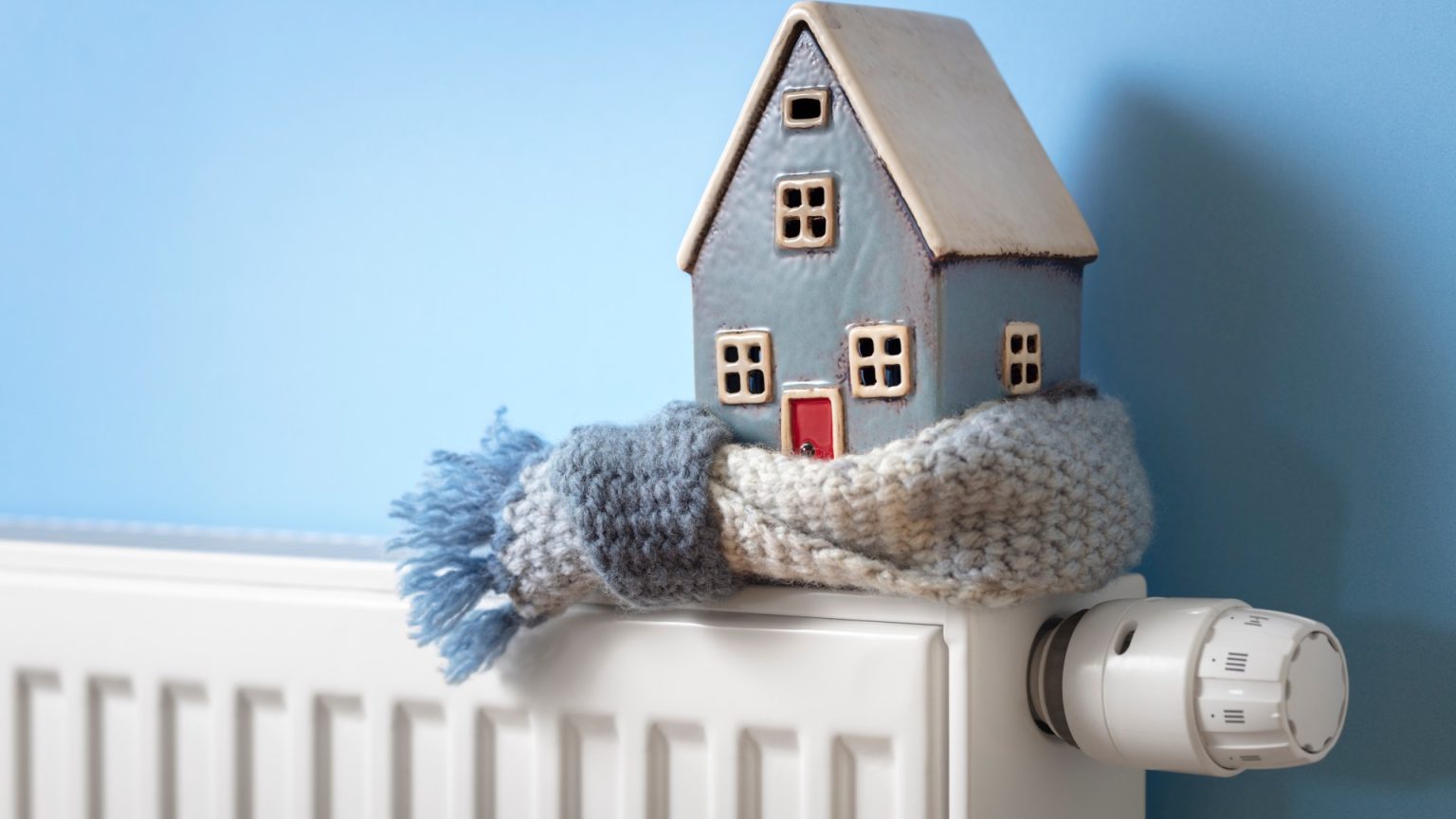Maximizing Energy Efficiency at Home: A Comprehensive Guide to Reducing Heat Loss and Lowering Bills
The winter months often bring with them a surge in energy bills, a burden felt by many households. However, taking proactive steps to address heat loss hotspots around the home can yield substantial savings, potentially reaching up to £760 annually. Understanding the primary areas of heat loss and implementing targeted solutions is crucial for achieving optimal energy efficiency. This comprehensive guide delves into the five major culprits of heat loss—walls, roof, windows, doors, and floors—and outlines practical, cost-effective strategies to mitigate their impact.
Lofts and Roofs: The Prime Suspects in Heat Escape
Lofts and roofs, spanning the entire house, are major contributors to heat loss, often accounting for a quarter of the total heat escaping a home. Insulating the loft is a highly cost-effective measure to combat this, with an estimated cost of £900 for a semi-detached house. This investment can translate to annual savings of approximately £230, offering a return on investment in a mere three years. Mineral wool or sheep wool are readily available insulation materials, and for those without pre-existing damp issues in their loft, DIY installation is a viable option. However, consulting a professional is recommended for more complex situations. It’s crucial to avoid spray foam insulation due to potential damage to the home and its impact on resale value.
Doors and Windows: Sealing the Gaps Against Drafts
Drafts creeping in through doors and windows account for another significant portion of heat loss, approximately 21%. While upgrading to double glazing can be a substantial initial investment, costing around £15,000 for a semi-detached house, the long-term benefits of energy savings, increased comfort, and potential access to government heating schemes make it a worthwhile consideration. Moreover, affordable DIY draught-proofing measures can save up to £40 annually by simply sealing gaps and preventing heat escape using readily available insulation tape or professional services for a more comprehensive approach.
Walls: Addressing the Silent Heat Thief
Walls represent another major avenue for heat loss, accounting for up to a third of the total heat escaping a home. While newer houses generally have insulated walls, older homes often lack this essential feature. Cavity wall insulation, suitable for homes built between 1920 and the 1990s, costs around £2,700 for a semi-detached house, but can save approximately £240 annually and offers a permanent solution. Government grants may be available to cover the cost entirely for eligible households. Solid walls, common in older properties, are more expensive to insulate, with internal insulation costing around £7,500 for a three-bed semi-detached house but providing substantial savings of about £320 annually.
Floors and Boilers: Often Overlooked Sources of Heat Loss
Floor insulation can yield average annual savings of £70. Modern concrete floors allow for simple insulation layering, while older timber floors require lifting floorboards and installing mineral wool insulation supported by netting, costing around £800 or £18-25 per square meter for sheep wool. Inefficient boilers, particularly older models with heat-losing water tanks, also contribute significantly to energy waste. A simple solution is to install an insulation jacket on the tank for as little as £18, saving around £40 per year.
Navigating Energy Assistance and Implementing Practical Saving Tips
Several energy suppliers offer grants to low-income households, and the Household Support Fund provides additional avenues for assistance. Homeowners claiming certain benefits can also apply for government grants to fund energy-saving upgrades. Private tenants claiming qualifying benefits may be eligible for ECO4 grants, requiring landlord application. Beyond insulation, simple behavioral changes can further reduce energy consumption. Lowering the thermostat by just one degree can save up to £171.70 annually. Switching off appliances and lights when not in use can save another £20 yearly. Installing a smart meter provides insights into energy usage patterns, facilitating informed consumption decisions. Finally, exploring alternative energy suppliers and tariffs can unlock further savings potential.
A Holistic Approach to Energy Efficiency: Combining Structural Improvements and Conscious Consumption
By adopting a comprehensive approach that combines structural improvements like insulation with mindful energy usage habits, households can significantly reduce their energy bills and create a more environmentally sustainable living space. Taking the time to address heat loss hotspots and explore available financial assistance options empowers homeowners to take control of their energy consumption and save hundreds of pounds each year.











